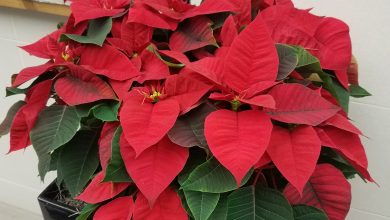What is Leachate? What is it for? How can my Garden and Agriculture benefit?
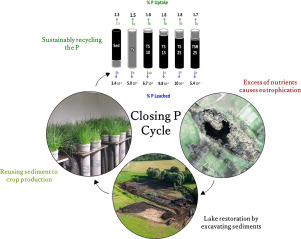
What is leachate?
The leachate is an organic liquid fertilizer.
It is produced thanks to a transformation process caused by the degradation of organic matter (compost), generating an organic liquid of great value and use as an insecticide or fertilizer that contains high concentrations of mineral salts, nutrients, microorganisms and other secondary derivatives.
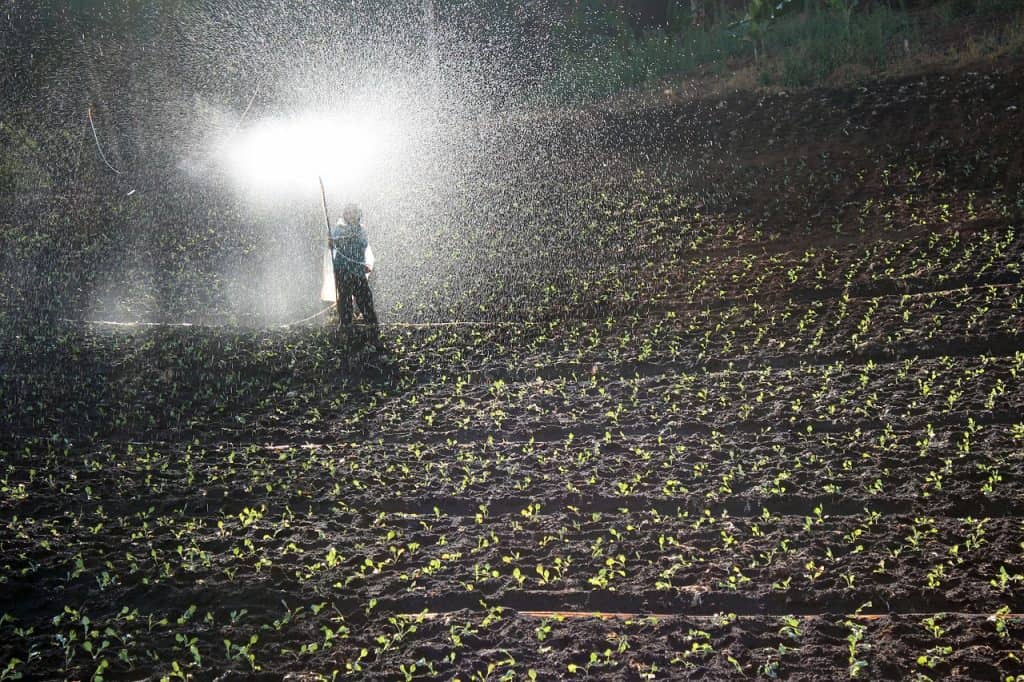 It is commonly used in environmental sciences. Its most popular use is the one that is managed in controlled waste deposits.
It is commonly used in environmental sciences. Its most popular use is the one that is managed in controlled waste deposits.
It has a black-brown coloration and eliminates latex, phenolic substances and quinones typical of the oxidation of thesematerials that are toxic to earthworms.
Its quality will always depend on the initial material with which the homemade organic matter such as compost is produced and the procedures used when the composting process is carried out, the temperature it reaches, the time used, the humidity of the process and the good maintenance of the compost. leached when stored.
In the so-called vermicomposters,they are much more abundant, due to a special system that collects them, unlike domestic composters that have more difficulties because they come into direct contact with the ground, infiltrating quickly.
How does leachate work?
It is a highly concentrated liquid in mineral salts and nutrients, so it is always convenient to dilute the leachate in water, approximately in a ratio of 1:4, because if it is poured directly, it is capable of burning the plants.
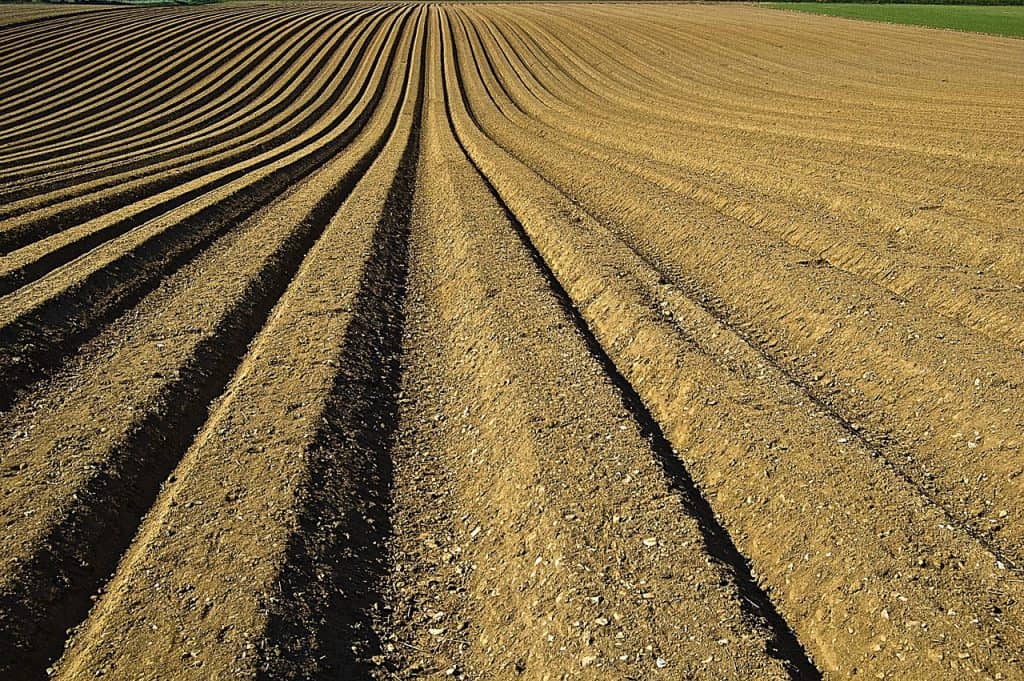 It can also be diluted in the plant watering system.
It can also be diluted in the plant watering system.
When it is obtained under the garden composting preparation system, its extraction is almost impossible.
So a «compost tea» is made, which consists of keeping the compost inside piles of water, decanting it or filtering it after a few days to obtain a liquid substance with properties very similar to leachate.
Whatit is not possible to separate it from a domestic composter,what will happen is that it will infiltrate the soil directly, so it is convenient to move the composter every time it is emptied if we want to add nutrients to the soil.
Once this process is completed, the compost will also be used in a better way.
It must be stored in a dark, dry but cool place, in order to prevent the entry of pathogenic agents and achieve anaerobic fermentation that will make microorganismsproduce secondary methanolites.
Why is it important in agriculture?
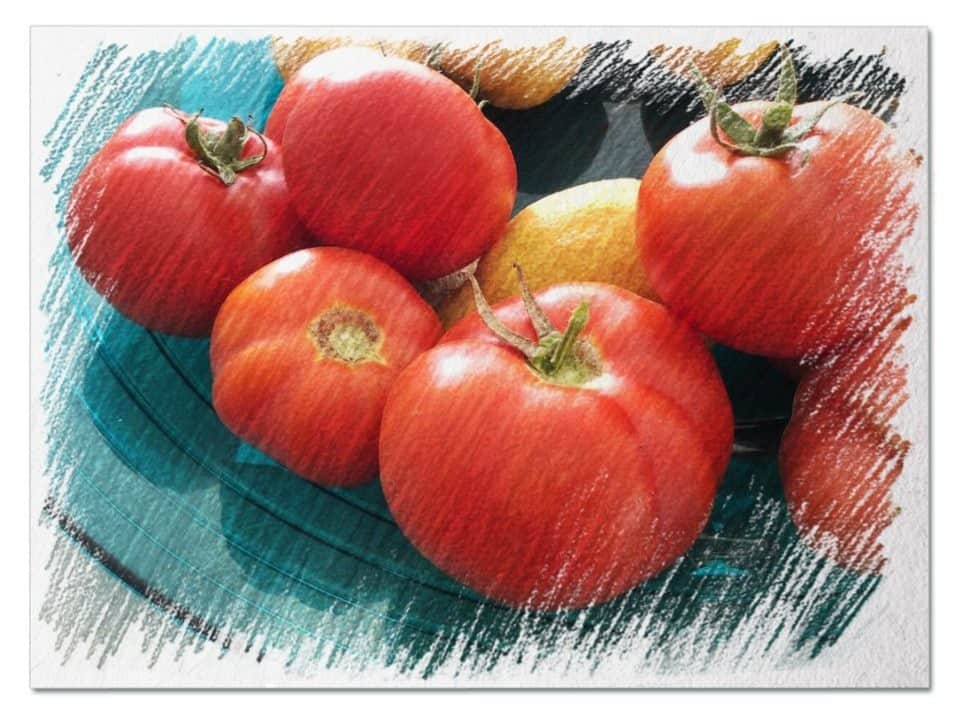 It has been widely demonstrated that the leachate is not only a good liquid fertilizer, but also a very effective insecticide for the control of pests and diseases in plants and in agriculture.
It has been widely demonstrated that the leachate is not only a good liquid fertilizer, but also a very effective insecticide for the control of pests and diseases in plants and in agriculture.
It is very powerful as an insecticide against blight on potatoes and tomatoes, powdery mildew and fusarium on apple trees. And they are also ideal for repelling other pests such as the proliferation of fungi.
What advantages and disadvantages does it have?
Advantage
- They have a great abundance and diversity of beneficial microorganisms that compete with others for space, food and site of infection in the case of pathogens, so they are not considered pesticides per se.
- Recently, they have come into use in crop protection against wide-ranging pests and diseases such as potato and tomato blight, apple fusarium, and powdery mildew.
- They have the property of providing the plant with much greater resistance to infections, antagonism and competition with pathogens, among others.
- There are leachates that contain antimicrobial chemicals that inhibit the growth of fungi. When applied to the leaf surface, beneficial microorganisms occupy the main niches and consume the exudates that pathogenic microorganisms should consume, an action that blocks their development and expansion.
- They suppress harmful conditions that lead to diseases, such as:
- Inhibition of spore germination in diseased plants.
- Stopping the expansion of the lesion on the plant surface.
- Competition with microorganisms for food and nutrients.
- Predation of microorganisms that cause the disease.
- Elimination of organisms with production of antibiotics.
- Increased plant health and, with this, its ability to defend against diseases.
Disadvantages
The disadvantages are more than anything associated with the production conditions of this organic liquid fertilizer, which comes from two fundamental processes: compost (where it cannot be separated) and vermicompost (where it is separated from the organic remains, filtering it with the help of a tray device.
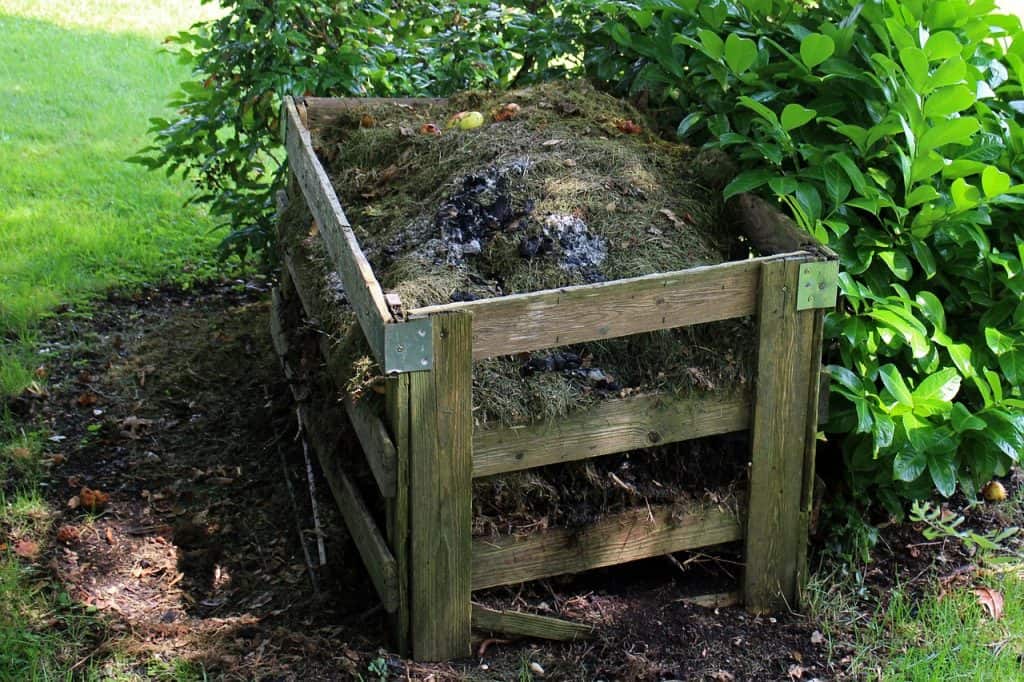 This last modality is the one that is best suited if you want to use it regularly to strengthen plants, improve resistance and combat pests.
This last modality is the one that is best suited if you want to use it regularly to strengthen plants, improve resistance and combat pests.
Therefore, in both processes some conditions are required that could bring us difficulties or barriers, if they are not fulfilled. These are:
- Availability of certain trained personnel, with time available to attend to the leachate production device fromcompost or vermicompost methods.
- Knowledge and constant checking of the environmental variables to be constantly monitored, such as humidity, temperature, oxygen and adequate supply of organic matter gradually.
How is the leachate transported?
Generally, the fundamental elements that constitutea good catchment and transport systemstandardized are:
- drainage layer
- Pumping point equipped with pump house and sump,
- collector tube.
- Pipe for transport to the raft or storage tank.
In the case ofleachate produced in a sanitary landfill,There are two systems for capturing and transporting the liquids generated: manual and automated.
Where can I buy leachate as organic fertilizer?
In any nursery or plant store you may find leachate. In any case, we have acquired it on Amazon and it has given us good results:
Discount!  COMPO Quality fertilizer for indoor or terrace ornamental plants, Universal liquid fertilizer with magnesium, 500 ml
COMPO Quality fertilizer for indoor or terrace ornamental plants, Universal liquid fertilizer with magnesium, 500 ml
- Stronger and more resistant plants: Universal liquid mineral fertilizer with microelements and nutrients for…
- Healthy growth: supply of essential nutrients from the first use, Promotes flower growth and optimizes…
- Easy to use: Clean and safe dosage according to stages I to III marked on the lid (for 1-3 liters of water),…
- COMPO Quality: raw materials selected according to the original COMPO recipe, Strict quality controls by…
€4.87 −€1.02 €3.85 View on Amazon Prices with VAT without transport
Last updated on 2022-07-30 / Affiliate Links / Affiliate API Images
What types of treatments are there?
home compost
It is a process of decomposition of organic matter that allows obtaining a fertilizer with excellent characteristics, from the use of vegetable waste from the kitchen and the garden. Numerous microorganisms, fungi and invertebrates are involved in breaking down organic waste, turning it into humus.
These microorganisms live in the presence of air, so putrefaction and bad odors are not generated.
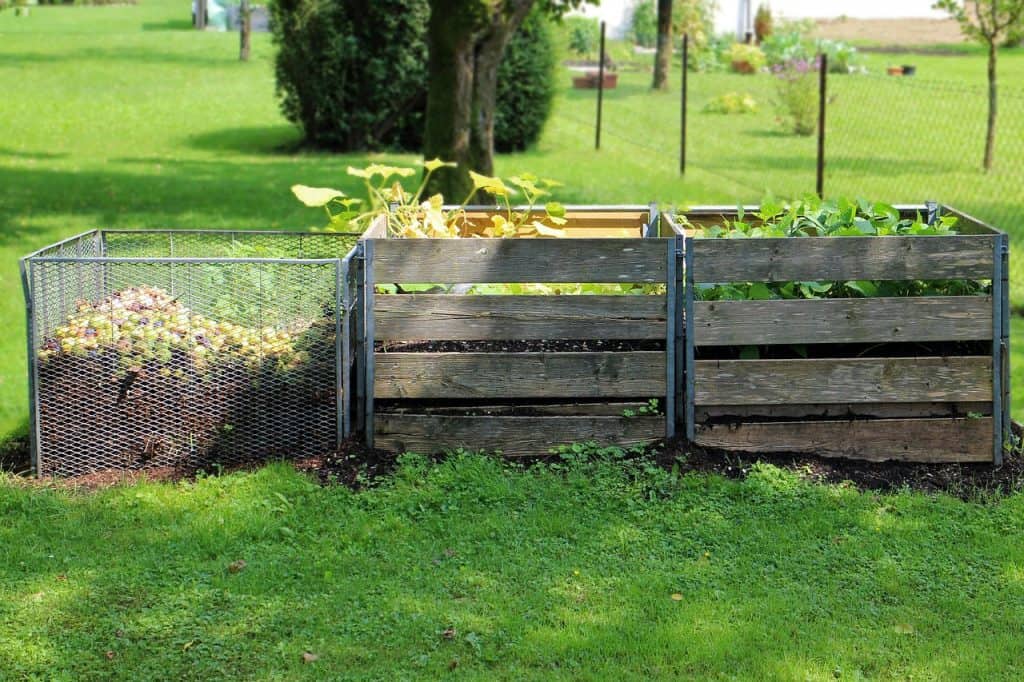 They have many advantages, among which we can highlight the improvement they give to the water retention capacity of the soil, making it more resistant to frost.
They have many advantages, among which we can highlight the improvement they give to the water retention capacity of the soil, making it more resistant to frost.
With the help of compost we increase the amount of organic matter in the soil, for the benefit of plants.
With this homemade technique we can also produce the leachate that will act as a great protector of our plants, due to its powerful pesticidal and nutritional properties.
Butcannot be separated after compost maturation,so we must take advantage of it in this modality, with the help of the technique called «compost tea», where it will infiltrate the soil directly, so that if we want to provide constant nutrients to the soil, we will have to move the composter every time it it empties
vermicomposting
In the case of vermicomposters, we do have a deliberate system to guarantee the collection of this organic fertilizer, but not its application, because we tend to spray the leachate directly on the plants once collected.
Let’s see what vermicomposting consists of and how it is made.
It is a process that consists of the transformation of organic matter through the decomposing action of worms, which with the help of their digestive system, convert the remains into a stable product, called vermicompost, suitable for fertilizing the plants of the home.
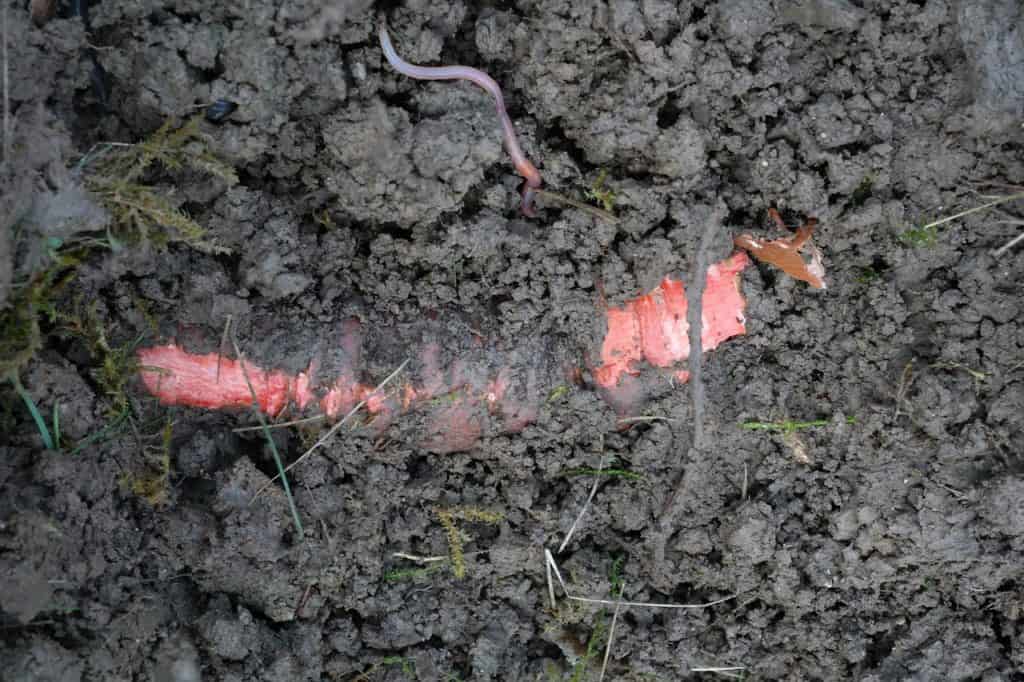 This extraordinary domestic process called vermicomposting,It is made in a cube or cylinder divided into trays with holes that communicate all their floors.
This extraordinary domestic process called vermicomposting,It is made in a cube or cylinder divided into trays with holes that communicate all their floors.
This design provides ideal conditions for the life of the California red worms or Eisenia foetida , the protagonists of this story. Using a device divided into trays makes the vermicomposting process more comfortable.
This red worm is the result of crossing other species to obtain a variety that is capable of having a high yield in the production of humus.
It feeds on a wide variety of organic remains, which it transforms into earthworm humus or vermicompost.
Daily it feeds on an amount of waste that is equivalent to its own weight, transforming, in the form of vermicompost, 60% of the food ingested.
In addition, it tolerates relatively acidic media and supports small concentrations of heavy metals. In the same way,withstands a wide temperature range,because it can also develop in a fairly wide range of temperatures.
They are active between3ºC and 35ºC, although its best around 15-25ºCand they need a high humidity, which is around 70-90%.
Humidity is very important, if it is higher than the maximum range of 90%, the matter will stop oxygenating and the process will be damaged, because the worms breathe through their skin. Otherwise, if there is little humidity, the survival of the population will be much more difficult, since they always need a humid environment, both to move and to eat food.Did you know…A population of several thousand earthworms will be able to transform the daily remains of the whole family.
And it is that it reproduces very quickly if the conditions are right. Every 7 days it lays an egg that will hatch in a few weeks, from which will come out between one and twenty small worms, a few millimeters in size and whitish in color.
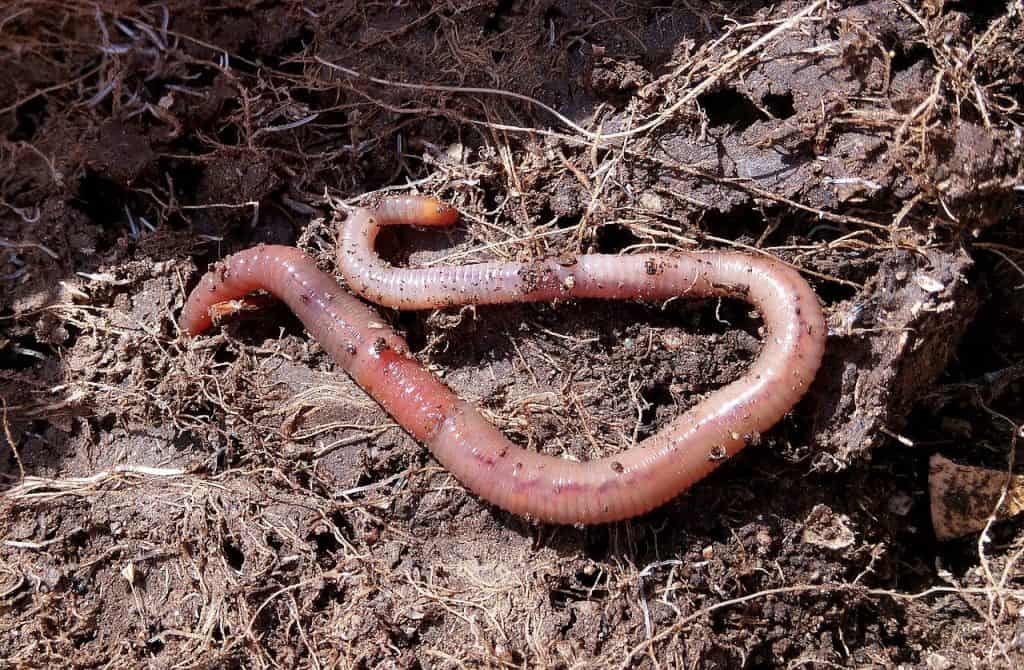 Likewise, they degrade organic remains by themselves and in about three months they will have become adults, thus being able to reproduce with their congeners. At this rate, in a few months our earthworm population could double.
Likewise, they degrade organic remains by themselves and in about three months they will have become adults, thus being able to reproduce with their congeners. At this rate, in a few months our earthworm population could double.
Under ideal conditions they can live up to 16 years. They do not present diseases nor do they have predators inside the vermicomposter that can reduce their population.
The vermicomposter is a device made up of several trays, arranged one on top of the other, which have a multitude of holes that allow the worms to pass between the different levels. The lower part is a liquid tank and has a faucet for the leachate outlet.
At the top, the vermicomposter has a lid with small openings for air to enter. If there is excess moisture, the worms would not be able to breathe. For this reason, it has the aforementioned leachate collection system.
The excess moisture from the different materials will drain to the tank, dragging valuable nutrients present in the process materials. Therefore, we can use this liquid to water and fertilize our plants.Careful with thisTo use the liquid fertilizer it is necessary to dilute it with three parts of water,if not it can be very strong for our plants.But the best thing is that it will always be available to use whenever we want.
In case it runs out, it is always possible to get more by watering the vermicomposter.
But the lid must always remain closed. And it is necessary to prevent the entrance of light, puddles in case of rain and the visit of insects. The worms will never leave the container, which we can place on a terrace or balcony, because they will always gladly access food, humidity, darkness and perennial shelter.

![Photo of Anemone: [Cultivation, Irrigation, Care, Pests and Diseases]](https://www.complete-gardening.com/wp-content/uploads/2022/08/anemone-cultivation-irrigation-care-pests-and-diseases-390x220.jpg)
![Photo of Subpolar Climate: [Characteristics, Flora, Fauna and Adaptability]](https://www.complete-gardening.com/wp-content/uploads/2022/08/subpolar-climate-characteristics-flora-fauna-and-adaptability-390x220.png)
![Photo of Prune the Lady of the Night: [Importance, Time, Tools, Considerations and Steps]](https://www.complete-gardening.com/wp-content/uploads/2021/06/Podar-Dama-de-Noche-390x220.jpg)
